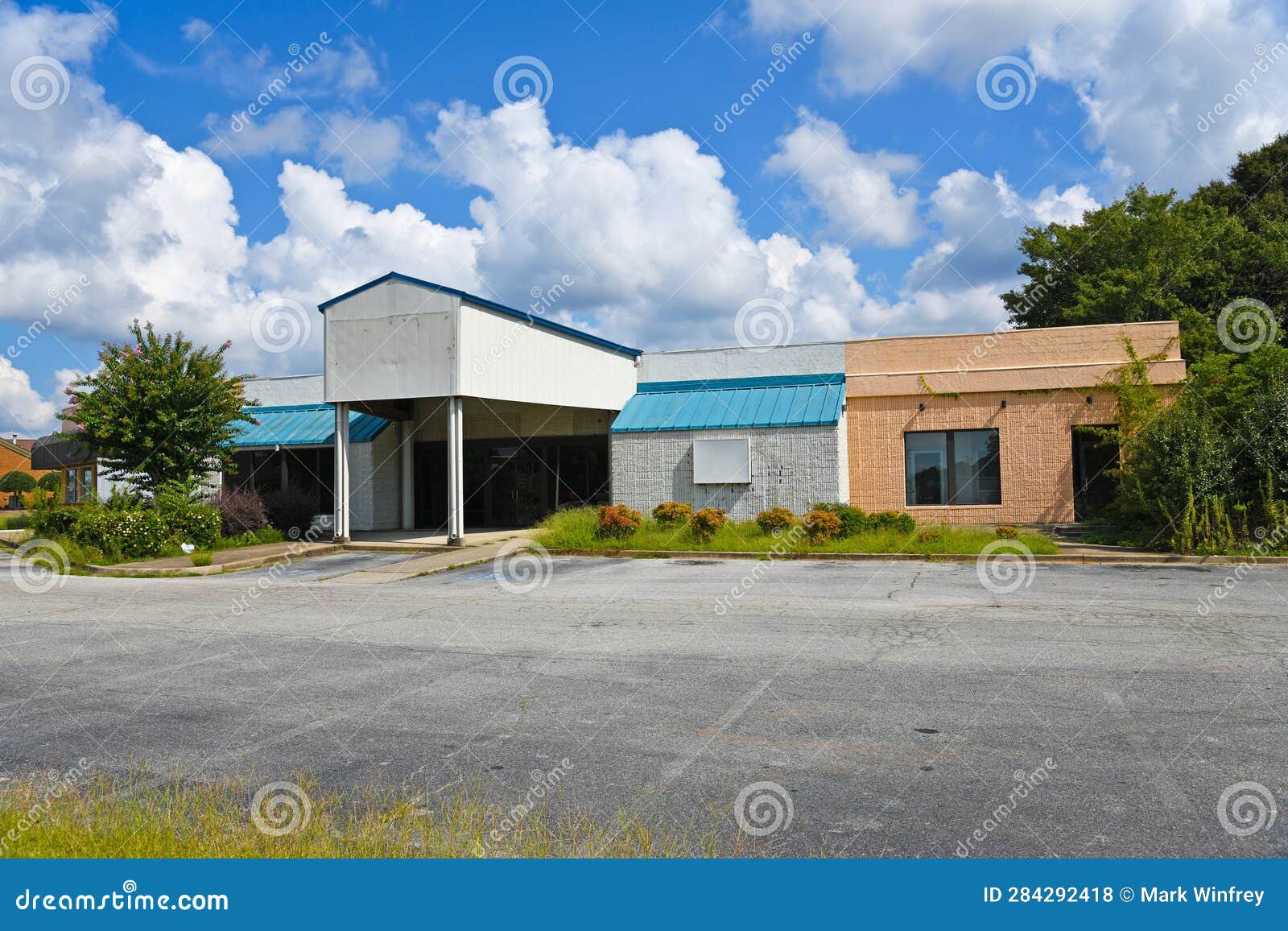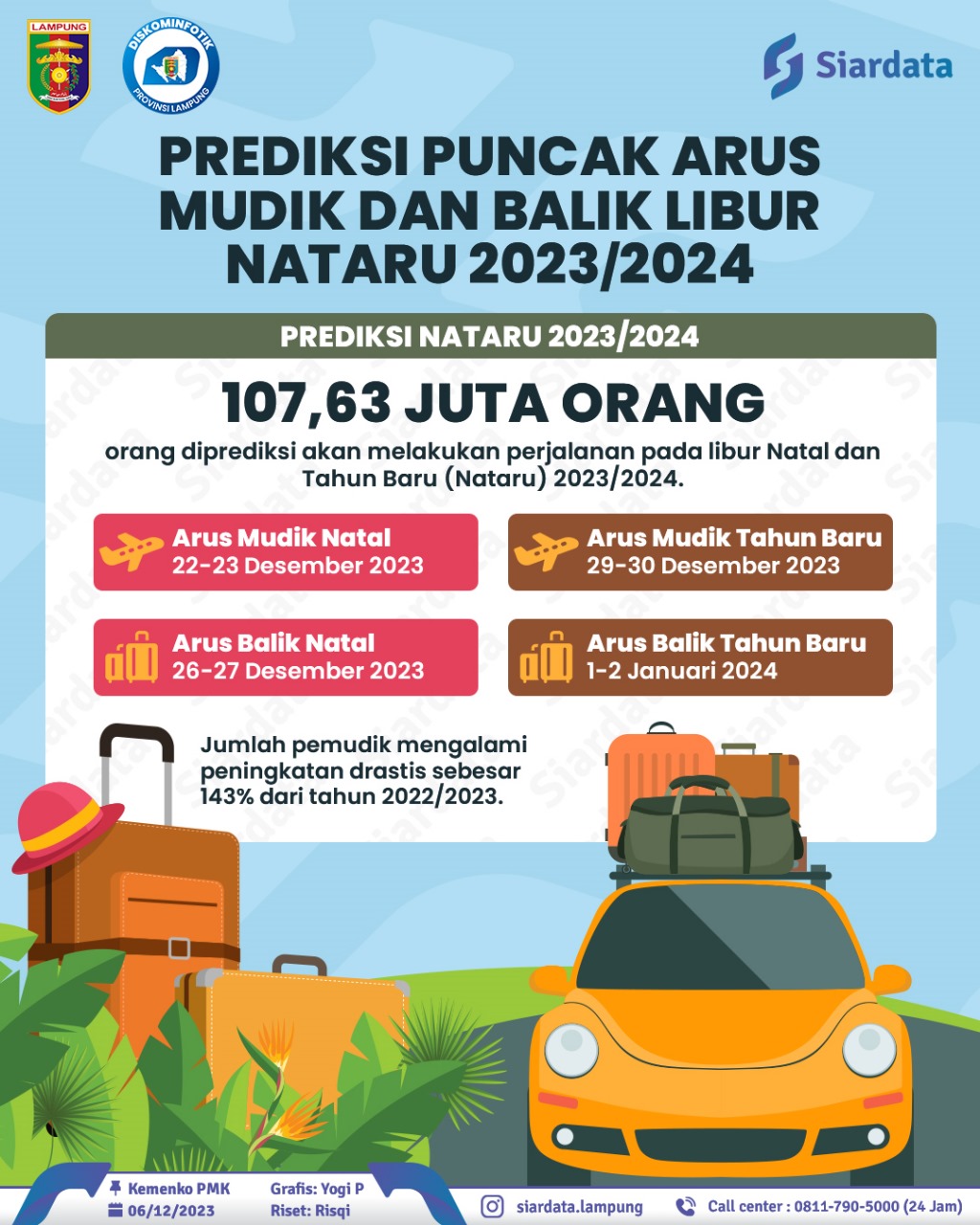Dutch Urban Renewal Challenges: The Case Of Vacant Commercial Building Conversions

Table of Contents
Economic Barriers to Conversion
Converting vacant commercial spaces often presents substantial financial hurdles, impacting the feasibility of many projects. These economic barriers significantly hinder the revitalization efforts dependent on successful vacant commercial building conversions in the Netherlands.
High Renovation Costs
Converting vacant commercial spaces frequently demands considerable investment. The costs associated with these projects can be prohibitive, discouraging potential investors and developers.
- High initial capital outlay deters potential investors. The upfront costs for structural repairs, asbestos removal (a common issue in older buildings), and necessary upgrades can be daunting, even for experienced developers.
- Limited access to affordable financing options. Securing loans for these projects can be challenging due to the inherent risks and uncertainties involved in large-scale renovations. Specialized financing options tailored to the complexities of vacant commercial building conversions are needed.
- Complex permitting processes and bureaucratic hurdles. Navigating the Dutch regulatory system adds time and expense to the process, potentially delaying projects and increasing overall costs. Streamlining the permitting process would significantly improve the feasibility of such conversions.
Lack of Demand in Certain Locations
The viability of a conversion project is heavily influenced by its location and the existing market demand. Not all vacant commercial spaces are equally attractive for redevelopment.
- Market analysis crucial for identifying viable conversion projects. A thorough understanding of local market conditions, including demographics, competition, and rental rates, is essential to assess the potential for success. This includes assessing the demand for different types of converted spaces – residential, commercial, or mixed-use.
- Targeting specific user groups (e.g., co-working spaces, affordable housing) may increase demand. Identifying specific target markets and tailoring the conversion plans accordingly can significantly enhance the attractiveness of the project to potential buyers or renters.
- Potential need for adaptive reuse strategies to match supply with demand. Creative and innovative approaches may be needed to adapt existing spaces to meet contemporary demands, for example, converting outdated retail spaces into modern apartments or co-working hubs.
Planning and Regulatory Hurdles
Strict regulations and planning restrictions often pose significant challenges to the successful conversion of vacant commercial buildings in the Netherlands.
Strict Building Codes and Regulations
The Netherlands boasts stringent building codes and regulations designed to ensure safety and sustainability. While crucial, these regulations can add complexity and expense to conversion projects.
- Time-consuming permit applications and approvals. The application process can be lengthy and demanding, requiring extensive documentation and multiple approvals from various authorities.
- Need for specialized expertise in navigating Dutch building regulations. Developers often need to engage specialist consultants to navigate the complexities of the regulations, adding to the overall project costs.
- Potential for delays and cost overruns due to regulatory complexities. Unforeseen regulatory hurdles can lead to significant delays and budget overruns, impacting project viability.
Zoning Restrictions and Land Use Policies
Existing zoning regulations can limit the potential uses of a vacant commercial building, thereby restricting the options for conversion.
- Advocating for flexible zoning regulations to enable diverse uses. More flexible zoning policies that allow for a wider range of uses would encourage creative and innovative redevelopment projects.
- Collaboration between developers, municipalities, and community stakeholders. Open communication and collaboration among all relevant parties are essential to ensure that zoning regulations support urban renewal goals.
- Strategic planning to align land use policies with urban renewal goals. Integrating urban renewal strategies into broader land use planning ensures that vacant commercial building conversions contribute to a cohesive and sustainable urban environment.
Community Engagement and Social Impact
Successful urban renewal projects require community involvement and consideration of broader social impacts.
Involving Local Communities
Engaging local communities is crucial for the acceptance and success of vacant commercial building conversions projects.
- Public consultations and community forums to gather input. Open communication channels allow for community input and help address potential concerns.
- Addressing community concerns about potential negative impacts. Proactive engagement helps mitigate concerns about issues such as increased traffic, noise, or displacement of existing businesses.
- Incorporating community-driven initiatives into the redevelopment process. Incorporating community suggestions leads to more relevant and sustainable projects that meet local needs.
Addressing Social Equity Concerns
Conversions should contribute to social equity, for example, by creating affordable housing.
- Incorporating affordable housing units in mixed-use developments. Balancing market-rate housing with affordable options ensures inclusivity and prevents gentrification.
- Creating community spaces and amenities accessible to all residents. Including shared amenities, such as parks or community centers, enhances the social fabric of the neighborhood.
- Addressing potential displacement of existing residents. Carefully considering the impact on existing residents and providing relocation support where necessary is crucial for equitable development.
Conclusion
Converting vacant commercial buildings in the Netherlands presents significant challenges but also substantial opportunities for urban renewal. Addressing economic barriers, navigating regulatory hurdles, and fostering community engagement are critical for successful projects. By implementing effective strategies, municipalities and developers can transform underutilized spaces into thriving hubs of economic activity and social well-being. Investing in innovative approaches to vacant commercial building conversions is essential for the future of sustainable and equitable urban development in the Netherlands. Let's work together to find solutions for vacant commercial building conversions and revitalize our Dutch cities.

Featured Posts
-
 Antisipasi Arus Balik Lebaran Di Bali Puncak 5 6 April 2025
May 28, 2025
Antisipasi Arus Balik Lebaran Di Bali Puncak 5 6 April 2025
May 28, 2025 -
 Prediksi Arus Balik Mudik Masuk Bali Puncak 5 6 April 2025
May 28, 2025
Prediksi Arus Balik Mudik Masuk Bali Puncak 5 6 April 2025
May 28, 2025 -
 Three Month Ban Jannik Sinners Grand Slam Status Remains Intact Italian Open
May 28, 2025
Three Month Ban Jannik Sinners Grand Slam Status Remains Intact Italian Open
May 28, 2025 -
 Real Madrids 2 1 Champions League Win Over Atletico Match Report
May 28, 2025
Real Madrids 2 1 Champions League Win Over Atletico Match Report
May 28, 2025 -
 Climate Whiplash A Growing Threat To Cities Worldwide
May 28, 2025
Climate Whiplash A Growing Threat To Cities Worldwide
May 28, 2025
